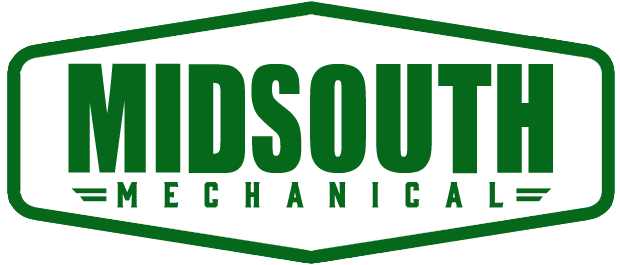Carbon Monoxide Poisoning
Carbon monoxide (CO) is an invisible gas with no taste or smell. It can become especially dangerous if it builds up in tightly confined areas. It is just slightly lighter than air so it can hang around in closed spaces. All fuels including “cleaner” fuels like propane create CO.
Here is an example:
A worker at a large, enclosed construction site died of carbon monoxide poisoning after he and six other workers were exposed to high levels of the gas. The site did not have enough ventilation and three machines were giving off carbon monoxide: a portable mixer, a trowel powered by gasoline, and a forklift powered by propane.
- How could this have been avoided?
- Do you know anyone who has suffered from carbon monoxide poisoning?
Preventing Carbon Monoxide Poisoning
- Ventilate all areas where fuel-burning equipment is being used by mechanical means to the outside.
- Tune and maintain engines and other equipment regularly.
- Provide at-risk workers with small CO monitors that can be worn and alarm when the safe level is exceeded.
- Never use a generator indoors or in an enclosed or partially enclosed spaces such as garages, crawl spaces, and basements.
- Open windows and doors in an enclosed space to help reduce CO buildup.
- Consider using a home CO detector, if no other monitoring device is available.
- Know the warning signs of CO exposure, such as a headache, faintness, dizziness, confusion, nausea, and irregular heartbeat.
- NEVER ignore these signs when working around fuel-burning equipment.
- Give immediate medical attention to workers who have been exposed to carbon monoxide.


